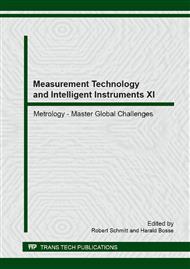p.417
p.428
p.440
p.446
p.453
p.463
p.468
p.474
p.482
Measuring Mental Wealth: Indices of Social Inequality for Cross-Cultural Investigations
Abstract:
There exist various sociological (and pseudo-sociological) legends about distribution of the population of different countries over the level of mental development, cultural activeness, and related matters. Some of these distributions are supposed to deal with sharp social inequality within the population; on the contrary, other legends treat such distributions as rather homogeneous. So it is desirable to compare appropriate distributions in different countries, the method of measurement being free of concrete cultural peculiarities capable of distorting the results (the phenomenon which is usual in sociological and psychological cross-cultural studies). Exactly such method of measurements was derived in the framework of the systemic-informational approach. The model comes to a certain index measured in the ratio scale. So the sociological investigation involving a sample of the population, should be realized, permitting to build the so-called Lorenzs curve dependence of the share of the population with the given value of the index, on the values of the index. The difference between this distribution and absolutely democratic one (homogeneous, responding to equal mental wealth of all respondents), is Gini coefficient, which can be used to measure the degree of mental inequality within the population of each region or country, irrespective of its national cultural peculiarities. Such measurements were realized in several sociological investigations involving about 50 000 respondents; this approach can be used to compare cultural inequality in different countries.
Info:
Periodical:
Pages:
468-473
Citation:
Online since:
May 2014
Authors:
Price:
Сopyright:
© 2014 Trans Tech Publications Ltd. All Rights Reserved
Share:
Citation:


